-
Compteur de contenus
12 691 -
Inscription
-
Dernière visite
-
Jours gagnés
35
Messages posté(e)s par Serge
-
-
Le 28 février 2017 à 23:49, g4lly a dit :
Quel pays civilisé? propose des contrôle d'identité a priori?!!!! Ceux qui ne propose pas de pièces d'identité?! Comme la plupart ... ou ceux qui n'en impose pas comme tous.
Tu devrais te renseigner.
Un petit conseil, comme ça.
Tu as beaucoup de certitudes. Va voir qui n'en a pas et où le port n'est pas obligatoire.
Il y a 8 heures, Akhilleus a dit :Oh purée le monceau de conneries qu'il faut pas lire
Alpacks, je te retourne le compliment :
Le problème pénal en France n'est pas lié à l'idéologie : tous les magistrats ne sont pas de gôôôches. Je m'étonne même qu'il puisse y en avoir autant sachant qu'ils sortent d'un fac de droit qui n'est pas un lieu connu pour etre un nid de trostkyste mais passons
Le problème de la justice en France c'est dans l'ordre : manque de moyens (argents, personnels (juges et greffiers), infrastructures (tribunaux) pour instruire vite et bien au point d'avoir été épinglé des dizaines de fois pour des manquements procéduraux nationaux par les instance européennes.
manque de prisons d’où l'idée (qui passe mal surtout quand elle est traitée par des chancres qui ne lisent que le fig comme référence) de désengorger les prisons par des réductions de peines pour petits délits
manque de personnel pénitentiaire
infrastructure pénitentiaire qui n'est plus adaptées (maison d'arrêt ou on mélange le petit poisson et le requin au point que le juge regardera à deux fois avant d'y envoyer un primodélinquant pour ne pas le transformer en pro)
manque de prévention (police de prox, RGs histoire de désamorcer avant explosion)
et un gros pb d'éducation de la population : pourquoi y'a t il multiplication des outrages à agents par exemple (que l'on ne peut punir car pas assez de places pénitentaires)
Quand on passera le budget justice à 8.5 milliards (pensions et pénitentiaire inclus) soit 17 centimes par habitant et par jour on rediscutera de l'aspect idéologique. En attendant tu es HS et lourd. On n'est pas sur valeurs actuelles ici
En effet, pour lire des monceaux de conneries, on peut te retourner le compliment.
Le couplet sur l'université est assez énorme
alpacks à tout à fait raison quand il considère que ce sont les idées de certains qui sont en œuvre. Ce n'est pas pour rien qu'il n'y a pas de budget à la Justice. La dépense par contribuable est moitier moindre qu'en Allemagne ou en Grande-Bretagne.
-
Tu compares tout et n'importe quoi.
Donc, c'est bien ça. Tu n'as aucune info pour porter de tels jugements.
-
Il y a 21 heures, rogue0 a dit :
Un FlakAbrams avec 12 ADATS et du 35mm AHEAD jumelé ?
C'est du rêve !
Sur le papier, il fait bonne figure même face à un Pantsyr... excepté le prix des ADATS.Le concept de Sharoni et Bacon montre que l'on peut coupler des briques déjà existantes (dont leur système d'alimentation...).
Cette tourelle pourrait d'ailleur être simplifiée. Elle n'a plus besoin d'un groupe auxiliaire de puissance. Il y en a un dans la caisse des Abrams.
Les pays qui adoptent des VBCI avec un armement de grand calibre peuvent aller vers ce genre de solution :

Pour l'US-Army, le canon de 25mm ne le permet pas et les M6 Linebaker ne doivent plus servir.
CitationEt avec le recul, il "suffit" de rajouter des armes anti personnelles (lance grenade automatique et CROWS avec 12.7) pour retrouver le concept des BMPT Terminator (SAM en plus)
Au lieu d'une CROWS, il serait mieux d'intégrer le nouveau tourelleau des M1A2. Le résultat serait plus compact avec la fin de l'obstruction du toit.
De plus, si les volumes nécessaires aux modules de tir missile et radar étaient modulables, on pourrait y monter des modules ISTAR.
La vocation du blindé changerait. A une époque où les lignes de front n'existent plus, ce serait une plateforme multiusage.
CitationOK, j'ai appris quelque chose aujourd'hui
 .
.
C'est un bon point pour Reagan.
Cependant, je doute que le républicain moyen (qui vénère les années Ronald) accepte de faire de même.Le slogan du jour est "Buy American" (ce qui peut se comprendre pour la défense)
L'apparition d'un Reagan, comme d'une Thatcher au UK, tient de la rupture au sein de son parti. D'autant qu'à la différence de la seconde, il n'a pas eu de continuité.
-
 1
1
-
-
Tu te bases sur quoi pour affirmer que "l'AdT nous habitue pas forcément à ce genre de choix" ?
Et connais-tu un fournisseur dont le prix pour ces optiques est à moins de 2000 ?
-
Le 23 février 2017 à 23:09, g4lly a dit :
Swarovski STS80HD ... la longue vue a 2000 balles ils se privent de rien dans l'AdT.
Tu connaîtrais d'autres références pour faire ce boulot ?
-
L'AGDS était un concept que j'appréciais bien.

http://ciar.org/ttk/mbt/armor/armor-magazine/armor-mag.1996.ja/4agds96.pdf
il y a 50 minutes, rogue0 a dit :Il faudrait des survols armés de la maison blanche par des Tu160 avant que les bureaucrates des programmes d'acquisition acceptent de laisser s'équiper a l'étranger.
(et de renoncer a leur commission)
Il faut toujours rappeler que les moyens de défense sol-air comptent parmi les plus cher pour un emploi assez rare, même si....
L'artillerie missile d'accompagnement est très spécialisée et incapable d'assurer son auto protection.
Enfin, les forces aériennes s'opposent souvent aux forces terrestre car elles ne veulent pas se faire abattre leurs rares avions par un tir fratricide.
Citation(Exemple les APS hard kill des chars, les ravitailleurs, etc)
Je me demande comment on a fait pour leur vendre des radios RITA et durandal tiens..
L'achat à l'étranger a été décidé par Reagan.
Le programme DIVAD a été gagné par le M247 Sgt York. Or, l'US-Army s'est rendu compte que les industriels avaient bidonné les résultats. L'efficacité n'était pas celle théorique.
Reagan a alors décidé en représailles de mettre fin au marché captif. C'est pour cela que de nombreux matériels étrangers ont été adoptés lors des années 80. Il a introduit de la concurrence.
-
 2
2
-
-
Il y a 12 heures, Ciders a dit :
En même temps, les Américains ne savent plus faire de choses simples. Et dans le domaine du sol-air, à part le Hawk et le Chaparral, ils n'ont pas produit grand chose de très efficace.
Le Patriot ne marchait pas ?
-
Un trou capacitaire semble les inquiéter :
CitationShort-range air defense making a fast comeback
By: Jen Judson, February 10, 2017

WASHINGTON -- After identifying Short-Range Air Defense as a critical gap, particularly in Europe, the Army is moving at lightning speed to bring the neglected capability back to the forefront of the battlefield.
The National Commission on the Future of the Army released a report to Congress last year that determined the Army had an “unacceptable modernization shortfall” in SHORAD capability. And the Army’s European theater commander told Defense News last summer that one of his main priorities was to boost SHORAD capability to deter an intrusive Russia.
The new Army Space and Missile Defense Command commander, Lt. Gen. James Dickinson, said during an Association of the US Army missile defense conference in Arlington, Virginia, on Tuesday that the goal is to field SHORAD capability to Europe in fiscal year 2018.
The Army made headway in a review wrapped up last year that looked at possible SHORAD weapons from around the world in order to fill the critical gap in Europe.
At Eurosatory in Paris last June, then-Army Acquisition Chief Katrina McFarland called it an “international scrub” of every technology in the world that addresses the concern. And she added the Army is also working to address the gap in its own military labs, developing a launcher than can shoot a wide variety of missiles -- appropriately dubbed the Multi-Mission Launcher.

The MML will be integrated into the Indirect Fire Protection Capability that is being designed to defeat UAS, rockets, artillery and mortars and cruise missiles, but the weapon is still years away from prime time.
Col. Greg Brady, the fires division chief for Training and Doctrine Command at Army headquarters, said at the AUSA event that the service in 2004 had 26 battalions with SHORAD capabilities. Now the Army has nine. Of those nine battalions, seven are resident in the Army National Guard while two are still with the active force.
“In the end, there are four Avenger batteries in the active component,” Brady said, while the Army is expecting to fight in the future in highly contested and congested environments against adversaries with fixed- and rotary-wing aircraft, an abundance of UAS, and other threats where a SHORAD capability will be vital.
The wars in Afghanistan and Iraq -- that posed different threats to the warfighter -- caused the Army to focus and prioritize other weapon systems, letting SHORAD capabilities fall by the wayside.
Col. Doug White, a TRADOC capabilities manager for the Air Defense Artillery Brigade, C-UAS and now SHORAD, explained the Army is focused on fielding quickly to Europe, but is also developing the future of the capability.
The service wants "fixed" and "semi-fixed" assets that defend critical combat enablers for the armed maneuver forces and also wants capability resident within the maneuvering force, he said.
Avenger is still a capable system, White said, and, for example, defends the National Capital Region. Other interim capabilities will continue to be used until IFPC is fielded. Sentinel has been around for years, White said, and there are plans in the works to develop a future Sentinel radar in the mid-2020s.
The SHORAD systems in the future will need to be highly expeditionary and easily integrated with other systems on a networked battlefield. The service also wants to eventually bring in low-cost interceptors and game-changing capability still in the early phases of development like directed energy, steerable rounds and high-powered microwave technology, White said.
Hoping for additional support, the Army included more money for SHORAD in a supplemental requirements wish list for fiscal year 2017 prepared for the new administration.
The list asks for $1.3 billion to pay for modifications to the Patriot Air and Missile Defense System, procures Patriot Advanced Capability-3 missiles, accelerates Stinger air-defense system modifications and a service life extension program and also would fund modifications of the Army’s Avenger SHORAD systems.
A list of what the Army needs to fill its more critical capability gaps in 2018 includes another $1 billion boost in terms of upgrades to SHORAD and Patriot missiles and radars. The money would also go toward Stinger man-portable air-defense system upgrades and procurement.
-
 1
1
-
-
Un point sur les roquettes :
CitationIsraeli Artillery Corp poised for longer range, improved precision strikes
By: Barbara Opall-Rome, February 21, 2017 (Photo Credit: Courtesy of IMI Systems)

IDF SOUTHERN COMMAND FIRES CENTER, BEERSHEBA, Israel — From this new two-story command center in southern Israel, a colonel from the Israel Defense Forces' Artillery Corps is responsible for orchestrating firepower from among air, sea and land shooters, all of them interconnected through a single C4I network.
During full-out wars in Gaza or fairly routine retaliatory strikes for rocket launches from the Hamas-controlled strip, targets are assigned according to how rapidly and precisely they can be delivered through the network.
Increasingly, that colonel and many others in the IDF and in industry say the job of destroying fixed targets as well as so-called targets of opportunity is given to the Artillery Corps, which operates precision-strike assets formerly reserved for the Israeli Air Force.
“Whether its Air Force, Navy or my own Artillery Corps, I don’t tell the professional disciplines how and with what means to destroy the target. I don’t care if it’s an attack helicopter or any other platform, I just tell them this is the target that must be destroyed,” said the colonel, commander of the Fires Center here.
He noted that with increasing connectivity, new weaponry and what he called a network-centric concept of operations, IDF ground forces in general, and the Artillery Corps, in particular, are taking on missions traditionally entrusted to air power.
“Today, we’re dealing with finding targets, if they are in the windows of a specific apartment building or an opening of a tunnel. … We’re now able to close the circle in a very short time, and we’ve become more lethal and more precise in the process,” said Col. Rami Abudram, a career artilleryman who recently completed command of the Corps’ 425 Flame of Fire Brigade.
He noted that in addition to increasingly precise and longer-range missiles and munitions, the Artillery Corps is operating UAVs.
Eli Reiter, a brigadier general in the IDF reserves, manages the Firepower Division for state-owned IMI Systems. A former head of the IDF’s Training and Doctrine Command, Reiter said the mating of doctrine with technology that allows ground forces to strike targets within less than 10 meters, regardless of range, is driving “a conceptual and operational revolution” for Israeli ground forces.
“The concept is crystallizing and the principals are coming together in the realization that forces on the ground are just as capable as air power in delivering precision strikes, whether targets are a few tens of kilometers or hundreds of kilometers away,” Reiter said.

The Israeli Artillery Corps can be seen on July 14, 2014, at the Israeli-Gaza border. Israel's operation Protective Edge had entered its seventh day as the Israel Defense Forces continued to carry out airstrikes across the Gaza Strip, with reports suggesting more than 166 people had been killed, the majority being civilians.
Photo Credit: Ilia Yefimovich/Getty ImagesAccording to Reiter, land-based launchers and other infrastructure are relatively simple, once they are all connected into a common C4I network. (C4I stands for command, control, communications, computer and intelligence.)
“You don’t need to plan or await complex air operations. And because we’re working with GPS systems, we don’t have to deal with fog, smoke or bad weather. From the moment you identify the target, the C4I system serves as the trigger that fires the rockets. Then it’s a matter of one to three minutes, according to the flight time of the rocket. You don’t need to wait for an airplane or helicopter to arrive," Reiter said.
“Capabilities that we only dreamed of lots of years ago are now being deployed. And this allows an unburdening of sorts for the Israel Air Force, which can focus on missions that are essentially air power in nature.”
The former training and doctrine director cited several systems from IMI, the company he now serves, that are ushering Israeli ground forces into the increasingly long-range, precision-strike era. They include:
Extra, a four-meter-long precision artillery rocket designed to carry a range of warheads up to 120 kilograms at distances of 150 kilometers. At maximum range, IMI claims a circular error of probability, or CEP, of less than 10 meters, meaning Extra will strike within 10 meters of designated targets.
Romach, recently declared operational in the IDF Artillery Corps, this precision rocket is used to support maneuvering forces or strike targets at ranges of 40 kilometers. Like Extra, Romach has a CEP of less than 10 meters.
Prior to his retirement last year, Abudram, the 425 Brigade commander, said his brigade used Romach in live-fire drills and was delighted at the results. “We used it in a big training exercise with the Sinai Brigade and scored direct hits. It was amazing. It embodies what the ground forces can bring to bear in the world of precision strike.”
Both Extra and Romach precision rockets can be launched from the common Lynx launcher, an IMI product that is operational with the IDF Artillery Corps. According to IMI, after the Lynx launches its munitions, it can be reloaded in less*than 10 minutes, while an advanced fire-control unit renders operations fully automatic.
Yet another, much longer-range system under evaluation by the IDF and approved foreign militaries is the IMI Predator Hawk, a 5-meter-long precision rocket designed to carry warheads of up to 200 kilograms at distances of 300 kilometers. “This weapon will deliver precision lethality very deep into enemy territory,” Reiter said.
Israel’s Artillery Corps recently inaugurated a school to train officers like the colonel commanding this fires center here in Beersheba, home to the IDF’s Southern Command. The new school, at a base in the center of the country, aims to certify war fighters “in how to act in joint battle, working with intelligence people shoulder to shoulder … to understand how to attack correctly and to be more selective in matching our firepower to specific targets and scenarios,” Col. Dubi Cohen, then-deputy commander of the IDF Artillery Corps, told Defense News last summer.
According to Cohen, the operational concept driving the IDF Artillery Corps involves three key elements: selectivity, precision and availability. Cohen said the Corps aspires to shorten the time from target identification to target attack as much as possible. “Our aspiration is to get to tens of seconds. There are some places where we can already do this, but other places where this remains a goal. … But with new weapons coming online and the way we are organizing ourselves, this is not an unrealistic goal for us.
"The world of precision is starting to evolve, from our Romach to much longer-range systems that will come into the force. … It’s a really significant advancement in the world of attack.”
-
Ces chenilles ont des semelles en caoutchouc. Tant qu'il va tout droit, il n'y a pas de problème. D'autant qu'il a une faible pression au sol.
-
 1
1
-
-
Il fait deux fois la masse d'un ASLAV-25.
-
 1
1
-
-
Photo explicites quand a la différence de gabarit entre l'ASLAV-25 et les candidats au CRV :

Le Boxer-CRV.

L'AMV-35
On peut mesurer très vite l'effet de la protection mine, de la hausse du blindage et du volume interne nécessaire aux hommes.
-
 3
3
-
-
Produire un matériel juste modifié est toujours moins risqué que de se lancer dans un programme nouveau. Même avec un train de roulement Timoney.
-
Il y a 5 heures, Sovngard a dit :
Je n'avais jamais vu le module déployé.
La configuration du MEPHISTO est assez intéressante.
A savoir que ce châssis avait reçu un blindage particulier.
Il y a 4 heures, Deres a dit :4 missiles de 85 kg sur un chassis dédié ...
Il y a des recharges en caisse, 20.
-
 1
1
-
-
Il y a 2 heures, Boule75 a dit :
As-tu une indication de la proportion de dette d'état sous ce régime ? J'ai bien vu la notice la concernant à la BdF mais pas d'idée des %. Je soupçonne que ce soit très faible.
Pour répondre, il y aussi ceci :
Nicolas Doze: Les Experts (1/2) - 14/02 http://bfmbusiness.bfmtv.com/mediaplayer/video/nicolas-doze-les-experts-12-1402-914069.html
et seconde partie :
Nicolas Doze: Les Experts (2/2) - 14/02 http://bfmbusiness.bfmtv.com/mediaplayer/video/nicolas-doze-les-experts-22-1402-914093.html
les invités rappellent ici de nombreux fondamentaux sur la dette. Il y a aussi une partie la fameuse loi de 73 dite "Rotschild" que beaucoup dénoncent sans la connaître, et surtout dans connaître les dispositions antérieurs.
Le replay s'effacera dans un mois.
Edit : et toujours très intéressante Mathilde Lemoine
Nicolas Doze: Les Experts (1/2) – 13/02 http://bfmbusiness.bfmtv.com/mediaplayer/video/nicolas-doze-les-experts-12-1302-913649.html
-
Ils n'ont pas le droit de préparer leur retraite ?
L'actionnariat salarié est une très bonne chose mais Il faut surtout que des fonds français puissent se créer. Et cela s'équilibrera.
-
Le 10 février 2017 à 23:49, loki a dit :
Le fait que la fraude ne soit pas déclarée ne signifie pas qu'elle n'est pas connue ni chiffrable
Les évaluations de la fraude vont de 160 à 60 milliards pour la France. Quel chiffre t'arrange ?
CitationLa doctrine fiscale française vise ( outre des objectifs budgétaires et répressif ) à dissuader la fraude justement parce que des budgets en équilibres sont impossibles à obtenir avec de forts taux de fraudes
Non. La question de l'équilibre n'a rien à voir.
Le 17 février 2017 à 13:48, MIC_A a dit :Donc, d'après toi, c'est secondaire ?
Et si on commençait à réduire cette gabegie que tu qualifies de "petits privilèges" ?
Quel sont les leviers réellement accessibles pour un GVT au niveau Européen ou mondial quand on est pas les US ?Il y a des outils.
Supprimes des impôts et taxes, tu supprimeras de la fraude et si tes choix sont les bons, cela participera à l'amélioration de l'économie.
Et il est même sûr que les recettes fiscales augmenteront.
CitationDans évasion fiscale j'y mettrait également "l'optimisation fiscale" un super terme bien propre pour "truander" alors qu'elle est pratiquée à l'échelle mondiale par les États via les banques/assurances, multinationales et particuliers fortunés.
Donc tu refuses la défiscalisation des dons à des associations caritatives ? Le financement de l'immobilier, des entreprises, de la R&D ?
C'est un choix
-
Il fait voir leur statut.
Sinon, s'ils ont du temps pour tenir une boîte, c'est qu'ils n'ont pas beaucoup de boulot.
Il fait voir leur statut.
Sinon, s'ils ont du temps pour faire ça, c'est qu'ils n'ont pas beaucoup de boulot.
-
Ça varie entre 10 et 15% selon les années.
Cela augmente avec la hausse de l'inflation car les créanciers cherchent à se protéger.
Il y a 6 heures, collectionneur a dit :En France, on a des cas similaires mais en Belgique cela fait sourciller les sourcils d'un député qui s'étonne que des fonctionnaires du fisc aient monté leur propre boîte de conseil en fiscalité :
C'est légitime.
Quand on a une compétence, on la vend. Il ferait mieux de se demander pourquoi le conseil en défiscalisation augmente.
-
C'est ça.
Le domaine NRBC est au devant des problèmes de nombreuses armées. Il y a ici un regain d'intérêts.
La France a des cartes à jouer dans ce domaine.
-
Comme disait Friedman : "Tout est simple".
-
Présentation du standard LAV-700.
Là, c'est très sérieux :31t en ordre de combat et 11t de charge utile.
CitationFormidable adversary
21 February 2017
General Dynamics Land Systems (GDLS) is showing its latest Light Armoured Vehicle 700 (LAV 700) for the first time – the most advanced vehicle in its class to have been developed by the company.
This is being shown in the command post (CP) configuration and is one of many versions currently in production for an unidentified export customer, which is believed to be Saudi Arabia. The LAV 700 is a further development of the LAV 6 developed to meet the requirements of the Canadian Army.
The CP version of the LAV 700 being shown at IDEX has a gross vehicle weight of 31,000kg, of which 11,000kg is the payload made up of crew, weapons, ammunition, onboard equipment and armour package. It is powered by a Caterpillar C13 diesel developing 711hp coupled to an Allison 2800 fully automatic transmission.
Like the latest production Stryker (8x8) infantry carrier vehicles for the US Army, the LAV 700 features inherent mine blast protection due to its double-V hull. LAV 700 also features scalable ballistic protection, energy-absorbing seats and a laser warning system.
Armament fitted includes a Kongsberg Protector remote weapon station, which is typically armed with a stabilised .50 M2 HB machine gun (MG) and a 7.62mm co-axial MG.
Mounted on the roof towards the rear is a 7.62mm MG that is provided with a shield. Integrated into the roof on either side are banks of Galix grenade launchers, which are coupled to the laser detectors.
A high level of cross-country mobility is possible due to the installation of independent hydro-pneumatic suspension with variable height control. The driver can select normal, transport or mine-high ground clearance. Cameras provide situational awareness through a full 360° and the open electronic architecture allows for the rapid installation of subsystems.
While the LAV 700 on show at IDEX is in the CP version, there are many more variants including ambulance, armoured personnel carrier, command and control, direct and indirect fire support, anti-tank, security, reconnaissance and surveillance and repair/recovery vehicles.
Pour ceux qui s'y perdent, voici un récapitulatif qui explique bien le problème du VBCI :

-
Juste avant Pourhim. C'est un signe.
Je n'ose même pas imaginer la bataille qu'il doit y avoir dans tous les musées pour récupérer un exemplaire.
-
 2
2
-
-
Très intéressant... sur un sujet air et marine.

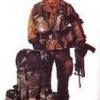
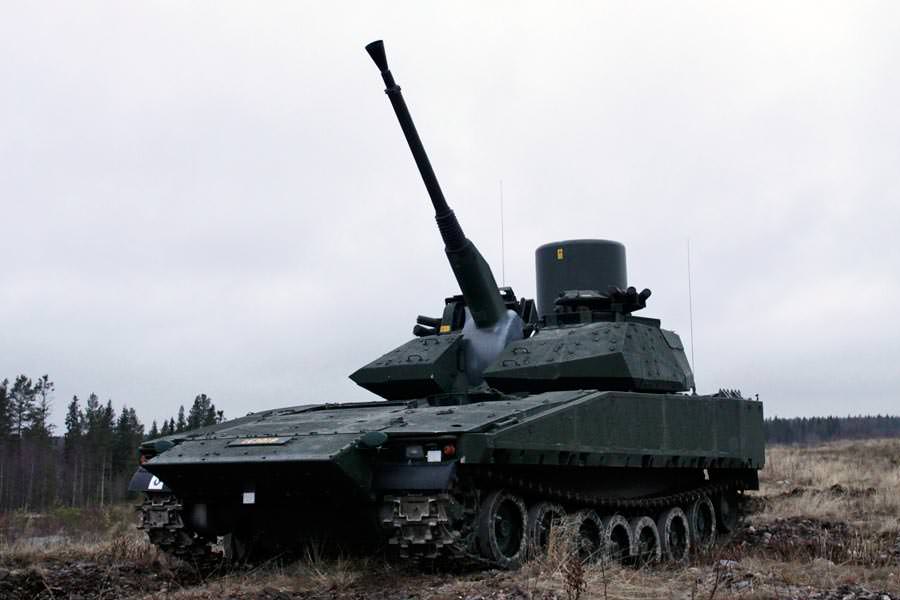

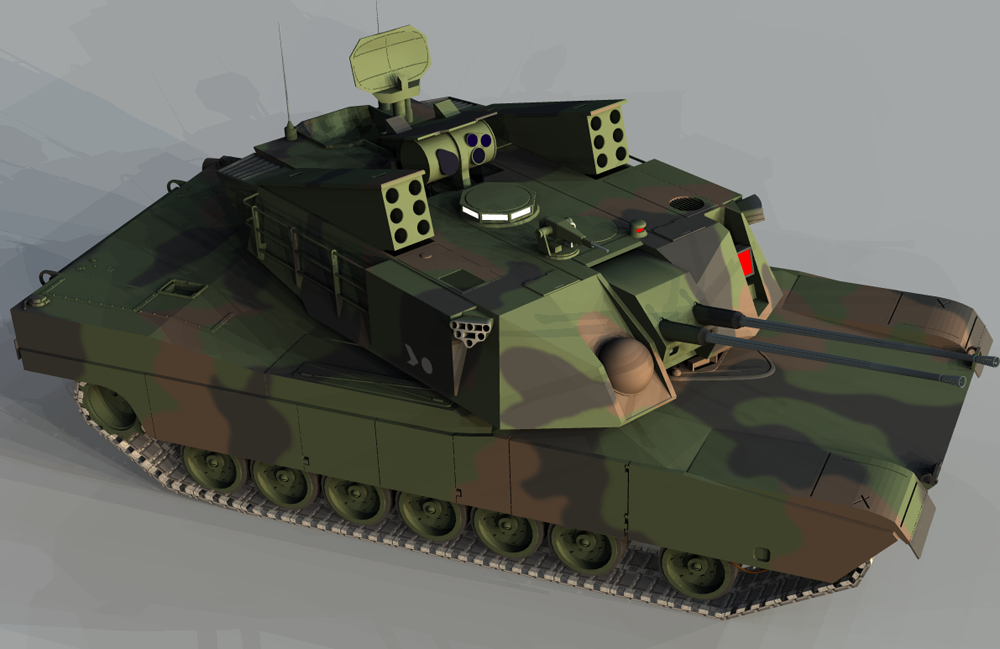
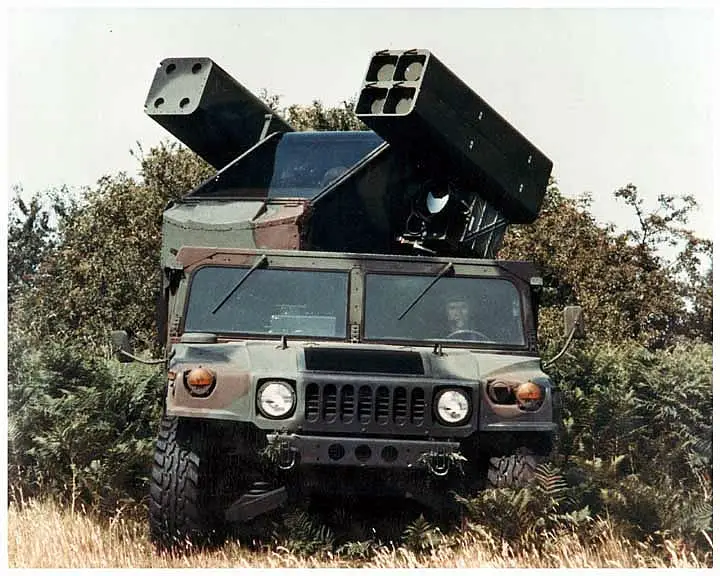
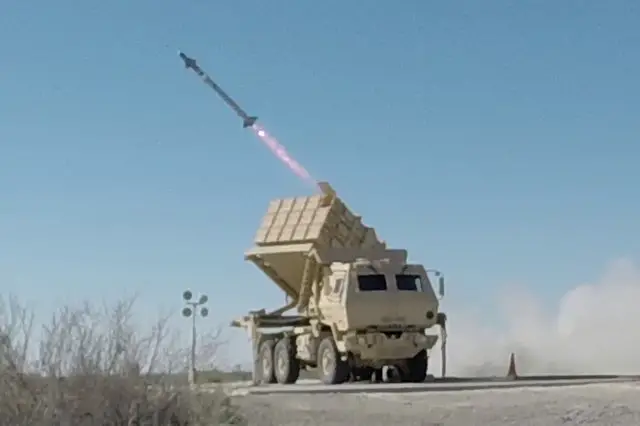
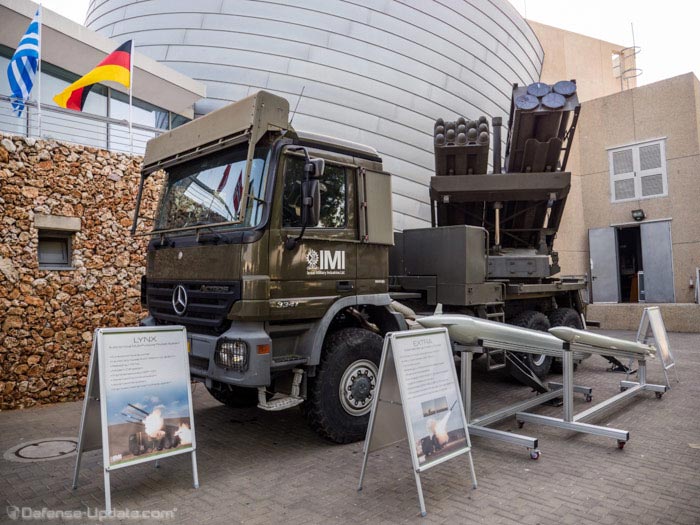
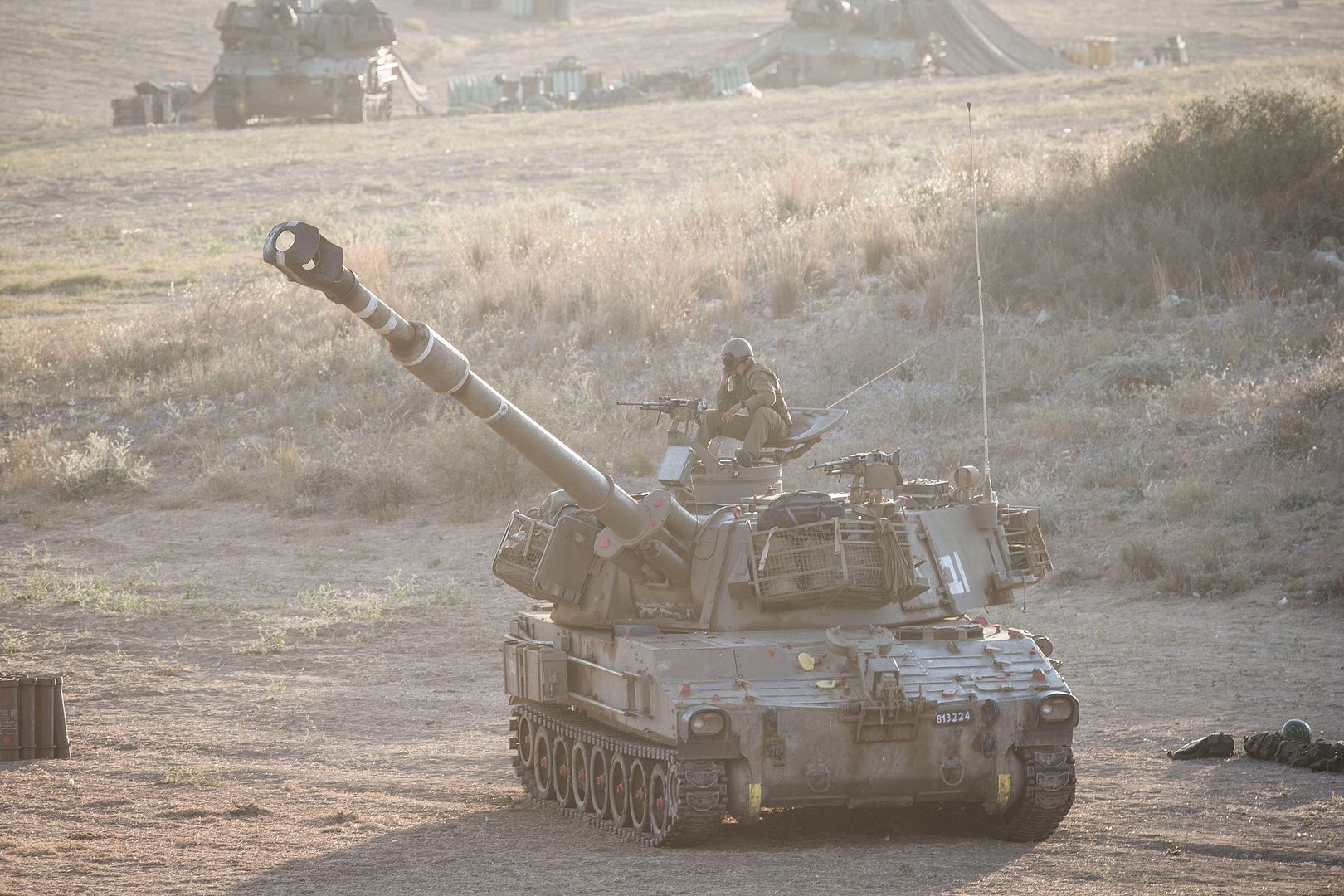





menaces intérieures
dans Actualités terre
Posté(e)
Tu as trouvé la liste des pays dont tu parles avec tant de compétence ?